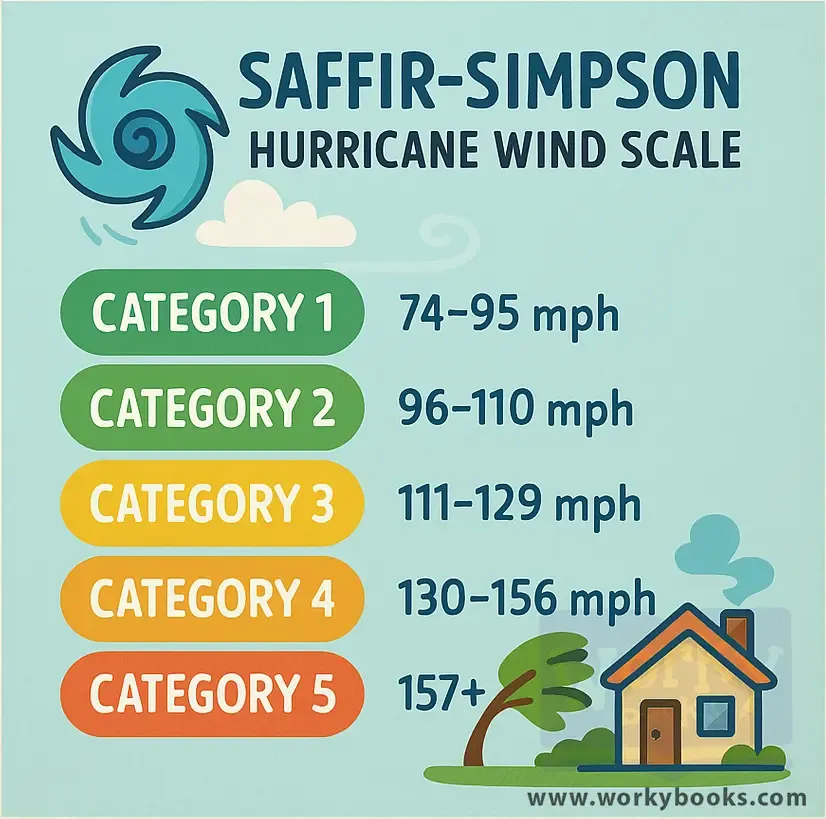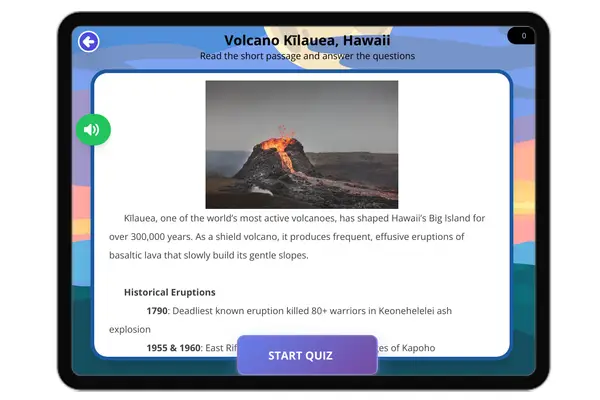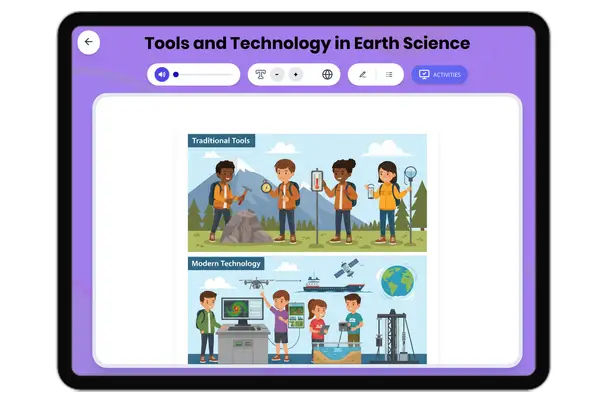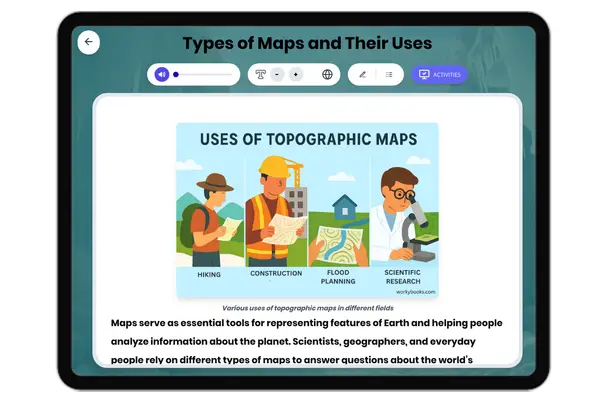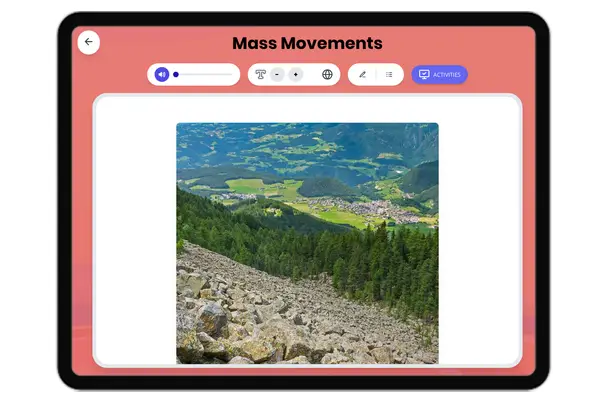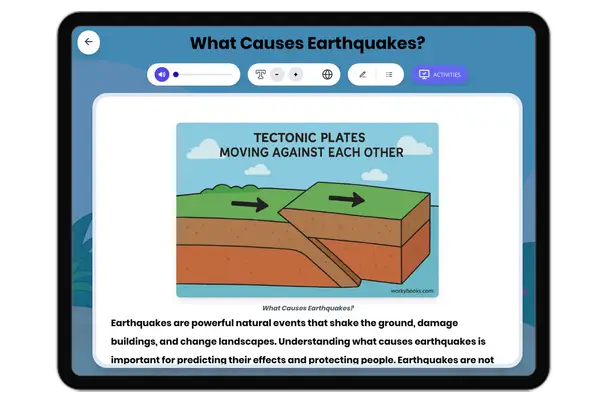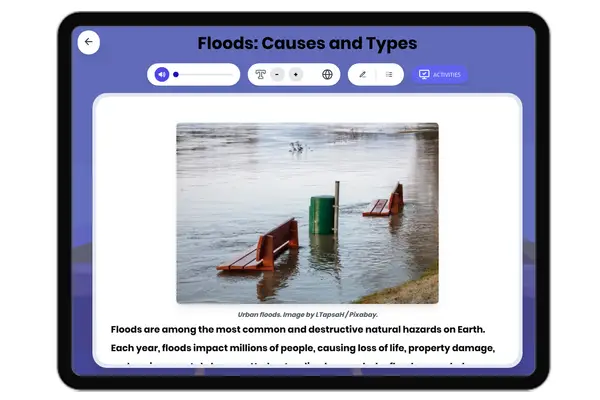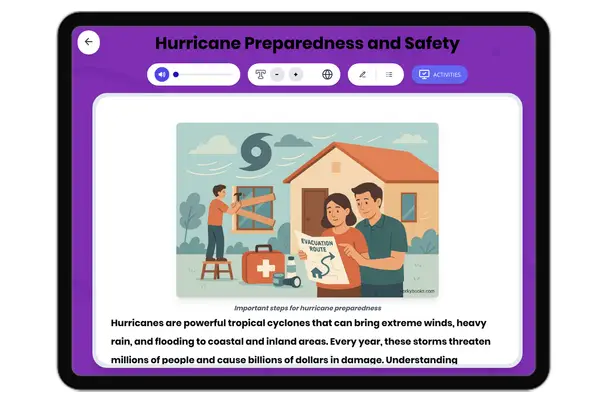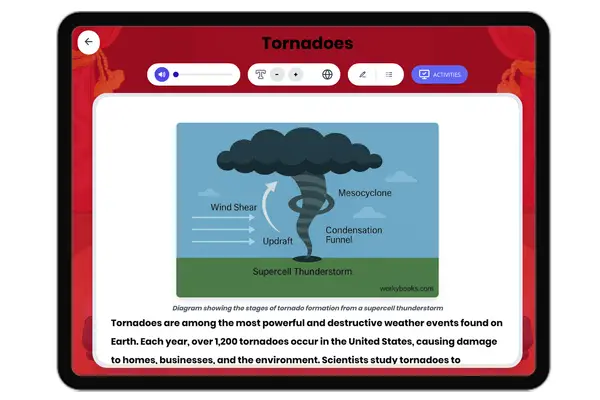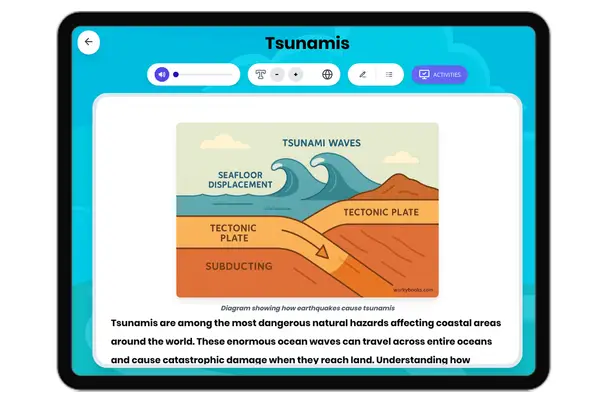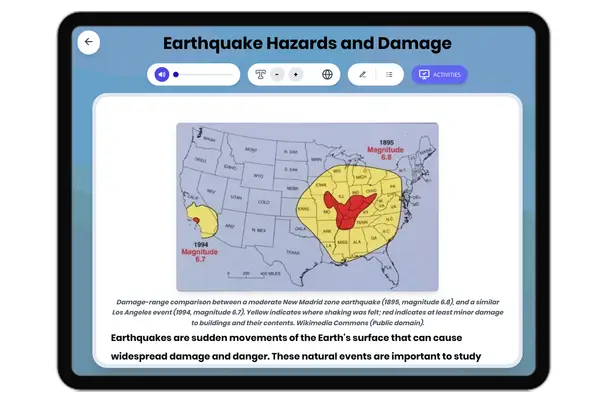Measuring Hurricane Intensity – The Saffir-Simpson Hurricane Wind Scale — Reading Comprehension
Premium Resource
Grades
- 3
- 4
- 5
- 6
- 7
- 8
Standards
- MS-ESS3-2
PRINT+DIGITAL RESOURCE
This learning resource is available in interactive and printable formats. The interactive worksheet can be played online and assigned to students. The Printable PDF version can be downloaded and printed for completion by hand.
About This Reader
This NGSS-aligned science reading passage explains how the Saffir-Simpson Hurricane Wind Scale is used to measure the intensity of hurricanes. Students will learn that the scale is based on sustained wind speed and is divided into five categories, from Category 1 (weakest) to Category 5 (strongest). The passage discusses how this information is used in weather forecasting and disaster preparedness. Real-world examples, like Hurricane Katrina and Hurricane Patricia, help readers connect scientific concepts to real events. This resource supports middle school reading comprehension while aligning with NGSS Earth and Space Science standards, especially in topics like natural hazards and weather prediction. Ideal for students exploring weather systems and data interpretation.
Perfect For:
👩🏫 Teachers
- • Reading comprehension practice
- • Auto-graded assessments
- • Literacy skill development
👨👩👧👦 Parents
- • Reading practice at home
- • Comprehension improvement
- • Educational reading time
🏠 Homeschoolers
- • Reading curriculum support
- • Independent reading practice
- • Progress monitoring
Reading Features:
📖
Reading Passage
Engaging fiction or nonfiction text
❓
Comprehension Quiz
Auto-graded questions
📊
Instant Feedback
Immediate results and scoring
📄
Printable Version
Download for offline reading
🔊
Read Aloud
Voice-over with word highlighting



